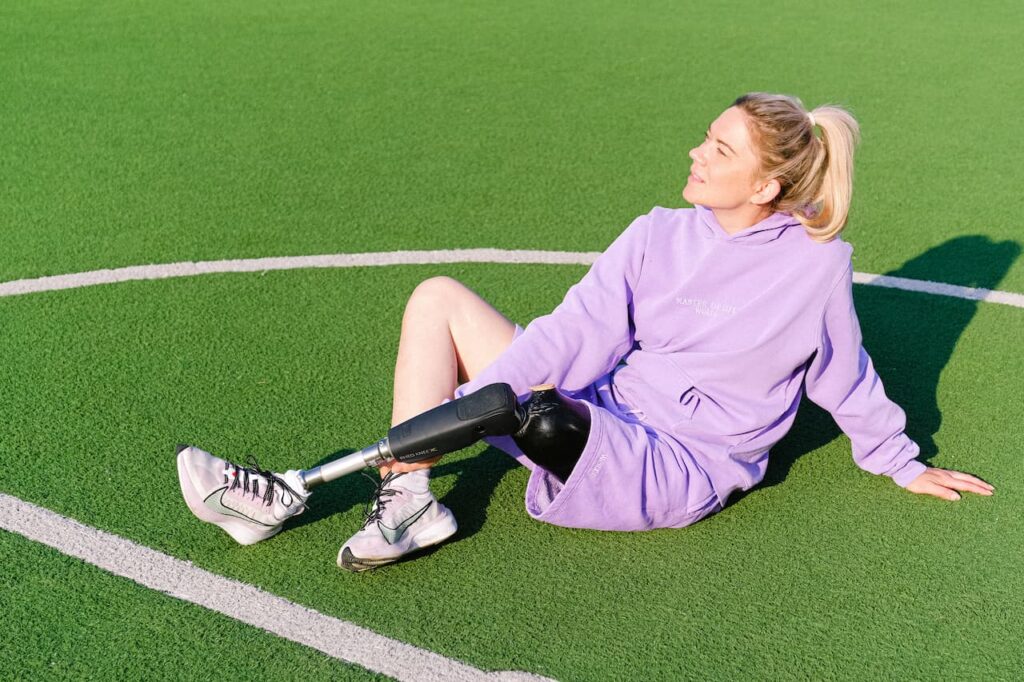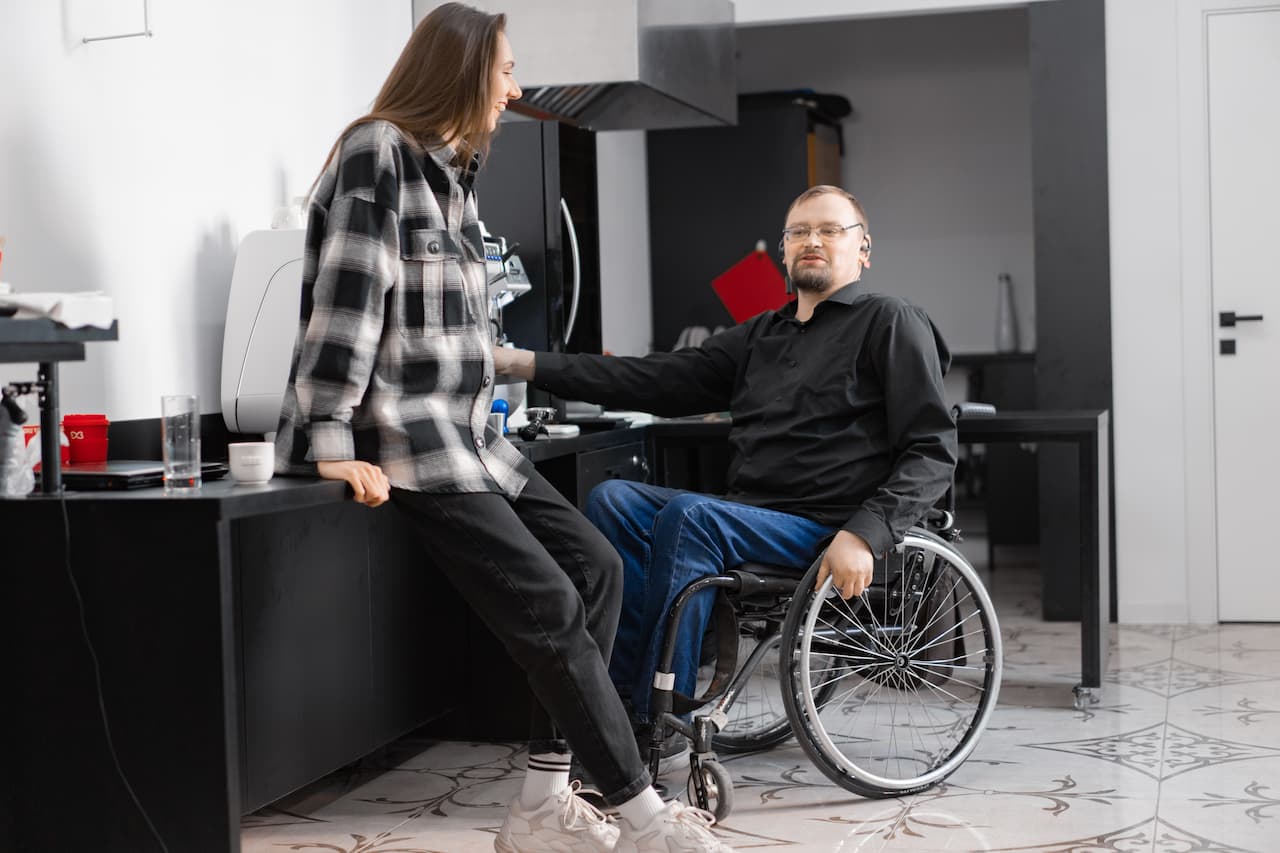Introduction to Assistive Technology
The realm of assistive technology represents a transformative wave of change, profoundly altering the landscape for individuals living with disabilities. It empowers them with newfound avenues for self-reliance and purpose, bringing about a profound shift in their daily lives. This dynamic and ever-evolving sector spans a wide array of instruments, software solutions, and applications, all meticulously crafted to bolster the capabilities of those confronting physical, cognitive, or sensory impediments. Ranging from facilitating mobility to enhancing communication, assistive technology stands as a cornerstone of modern society, steadfastly advocating for accessibility and inclusiveness as universal goals.
The Indispensable Role of Assistive Tech in Contemporary Society
In our increasingly interconnected global milieu, the undeniable significance of assistive technology takes center stage. It operates as a revolutionary force that bridges the gap between individuals with differing abilities, allowing them to overcome challenges and actively engage in diverse societal pursuits. Beyond its profound impact on enhancing the quality of life for those with disabilities, it also significantly enriches their social interactions, educational experiences, and employment prospects.
Moreover, assistive technology plays a pivotal role in the realm of healthcare by optimizing patient care and management. Innovations such as wearable sensors and remote monitoring systems enable healthcare professionals to closely monitor and evaluate patients’ health conditions. This leads to more precise diagnoses, individualized treatment strategies, and an overall improvement in patients’ well-being.
Moreover, assistive technology is a staunch advocate for self-sufficiency and autonomy among individuals with disabilities. It equips them to successfully navigate daily tasks, pursue educational and career aspirations, communicate with efficacy, and engage in recreational activities with unprecedented ease and independence. By dismantling barriers and providing indispensable support, assistive technology empowers individuals to grasp life’s opportunities to their fullest extent.
Key Trends in Assistive Tech
The field of assistive technology is constantly evolving, driven by advancements in technology and changing societal needs. Several key trends are shaping the future of assistive technology:
1. Artificial Intelligence and Machine Learning
The transformative influence of artificial intelligence (AI) and machine learning (ML) on assistive technology is evident. These cutting-edge technologies empower devices and applications with heightened intelligence and adaptability. AI-driven systems excel at data analysis, acquiring user preferences, and delivering tailored support. Consider, for instance, smart home setups capable of fine-tuning lighting and temperature based on individual inclinations, or AI-fueled prosthetics that harmonize with a user’s movements, replicating natural limb function with precision.
2. Internet of Things (IoT)
The Internet of Things (IoT) plays a pivotal role in connecting devices and facilitating seamless communication among them. Within the sphere of assistive technology, IoT integration paves the way for the amalgamation of diverse devices and sensors to craft a holistic and personalized user experience. An exemplar of this is IoT-enabled smart eyewear, which extends real-time visual support to individuals grappling with visual impairments, fostering enhanced mobility and independence.
3. Wearable Technology
Wearable technology, such as smartwatches and fitness trackers, has gained significant popularity in recent years. In the realm of assistive technology, wearables offer immense potential. They can monitor vital signs, track medication adherence, and provide alerts for falls or emergencies. Wearable devices also have the advantage of being portable and unobtrusive, making them ideal for continuous monitoring and support.

Innovations in Assistive Tech
Numerous innovative technologies and solutions are pushing the boundaries of assistive technology. These innovations are transforming the lives of individuals with disabilities and opening up new possibilities for inclusion and independence.
One notable innovation is the development of brain-computer interfaces (BCIs). BCIs allow individuals with severe motor impairments to communicate and interact with the world by translating their brain signals into commands. This technology has the potential to revolutionize the lives of people with conditions such as locked-in syndrome or spinal cord injuries.
Another groundbreaking development is the use of exoskeletons for mobility assistance. These robotic devices provide physical support and enable individuals with mobility impairments to walk and perform daily activities. Exoskeleton technology is rapidly advancing, with lightweight and more affordable options becoming available, promising greater accessibility for a wider range of users.
The Influence of Mobile App Development on Assistive Tech
In an age where smartphones and tablets are prevalent, mobile applications offer a user-friendly and easily accessible avenue for delivering assistive services. These applications encompass a diverse array of functionalities, ranging from tools aiding communication to those providing cognitive support.
Top mobile app development companies are at the forefront of creating innovative solutions for individuals with disabilities. These organizations harness their proficiency in mobile app development to engineer apps that are not only user-friendly but also all-encompassing, addressing specific needs. By amalgamating their technical acumen with a profound comprehension of assistive technology, they forge applications that empower individuals and enrich their daily lives.
Challenges in the Development and Implementation of Assistive Tech
While assistive technology holds immense promise, it is not without its challenges. Several factors impede the widespread adoption and implementation of assistive technology:
Cost: Many assistive devices and technologies are prohibitively expensive, making them inaccessible to those who need them the most. Addressing affordability is crucial to ensure inclusivity and equitable access to assistive technology.
User Interface Design: Developing user-friendly interfaces that cater to diverse user needs and preferences is a significant challenge. Assistive technology should be intuitive and customizable, allowing users to adapt it to their specific requirements.
Interoperability: Ensuring seamless integration and interoperability between different assistive devices and software is essential for a cohesive user experience. Standardization and compatibility across platforms are key to maximizing the potential of assistive technology.
The Future of Assistive Tech: Predictions and Possibilities
The future of assistive technology is brimming with possibilities. As technology continues to advance, we can expect further innovations and breakthroughs that will revolutionize the field. Here are some predictions for the future of assistive technology:
Augmented Reality (AR) for Accessibility: Augmented reality has the potential to enhance accessibility by overlaying information and guidance onto the real world. AR glasses or headsets could provide real-time visual cues, navigation assistance, and object recognition, empowering individuals with visual impairments to navigate their surroundings more easily.
Personalized Assistive Technology: Advancements in AI and machine learning will enable assistive technology to become more personalized and adaptive. Devices will learn from user behavior and preferences, providing tailored support and assistance that evolves over time.
Neurorehabilitation: Neurorehabilitation techniques, such as virtual reality and brain stimulation, are showing promising results in aiding recovery and improving function for individuals with neurological conditions. These techniques could be integrated into assistive technology to enhance rehabilitation outcomes and promote neuroplasticity.
Unleashing the Potential of Assistive Tech
As we peer into the horizon, it’s vital to acknowledge the immense promise that assistive technology carries in reshaping existence and championing inclusiveness. The crux lies in championing novelty, cooperation, and the universal reach of these innovations. By harnessing the potential of technology and actively striving for affordability, user-friendliness, and seamless integration, we pave the way for a future where assistive technology becomes the catalyst for empowering individuals with diverse abilities to lead their lives to the fullest.
With industry leaders in mobile app development, such as InnovateSoft, we can anticipate even more remarkable strides in assistive technology, equipping individuals with disabilities with the means to not just survive, but thrive. Let’s welcome the boundless opportunities and ensure that the path ahead for assistive technology radiates with brilliance, inclusiveness, and empowerment for all.




